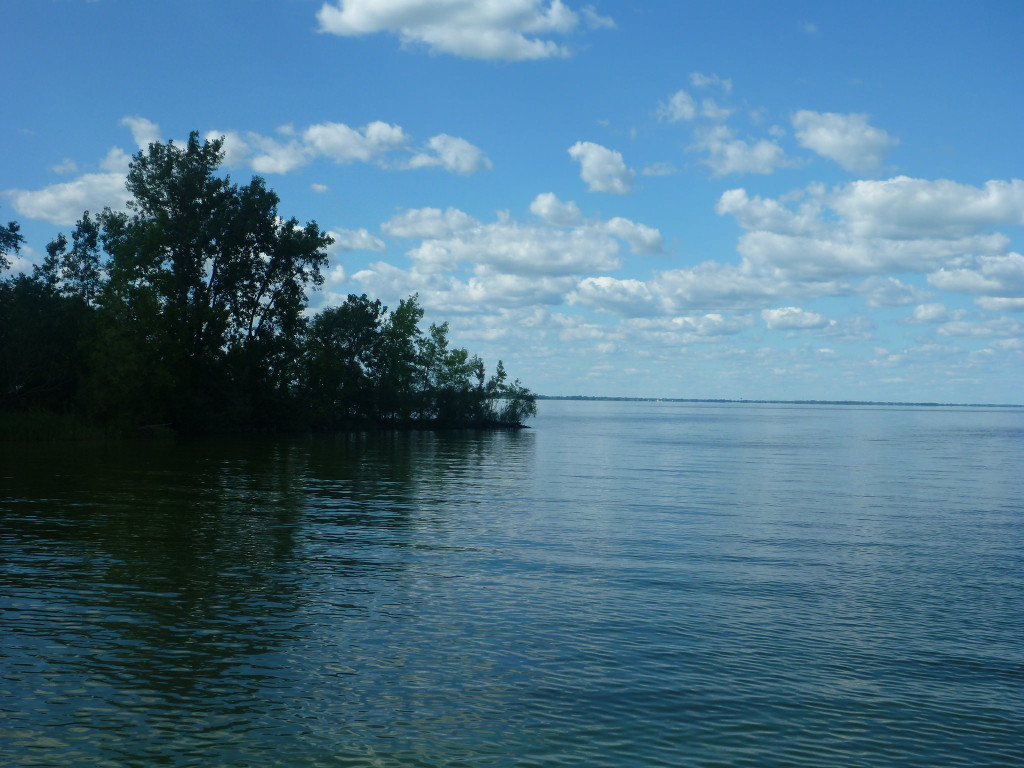
Citizen scientists play a vital role in raising awareness about the health of our nation’s freshwater resources. Their efforts can help document water clarity and track harmful algal blooms and other indicators of poor water quality instrumental to sound management.
Lake Observer is a mobile application that has streamlined the way research and citizen scientists record and share water quality data while working in the field. It is available, free of charge, for Android and Apple devices.
Cary Institute of Ecosystem Studies ecologist Kathleen Weathers led the development of Lake Observer.
“GLEON – the Global Lake Ecological Observatory Network – is actually three networks. It’s a network of lakes, of data, and people. And it has about 600 people worldwide – mostly scientists and citizen scientists who are interested in understanding lake function – using data such as these collected with the app and using high-frequency data that monitor lakes 24/7, 365 days a year. And this project was one of the projects of the GLEON members.”
GLEON is partnering with the North American Lake Management Society to connect the Lake Observer APP with citizens that collect data on America’s lakes, streams, and estuaries. Each July, some 6,000 volunteers participate in the Secchi Dip In. Using a simple 8-inch metal disk on a cord – dubbed a Secchi Disk – they measure water transparency( an important water quality indicator). This year, participants will be able to record their findings with Lake Observer and, for the first time, results will be publicly available through the Water Quality Portal.
Now, more than ever, we need citizens that are engaged in the health of our freshwaters and tools that enable the sharing of water quality information.
**********
Web Extra
Full interview with Kathleen Weathers, an ecologist at the Cary Institute of Ecosystem Studies
Web Links
Photo, posted August 21, 2015, courtesy of Jackie via Flickr.
‘Lake Observer’ from Earth Wise is a production of WAMC Northeast Public Radio, with script contribution from the Cary Institute of Ecosystem Studies.